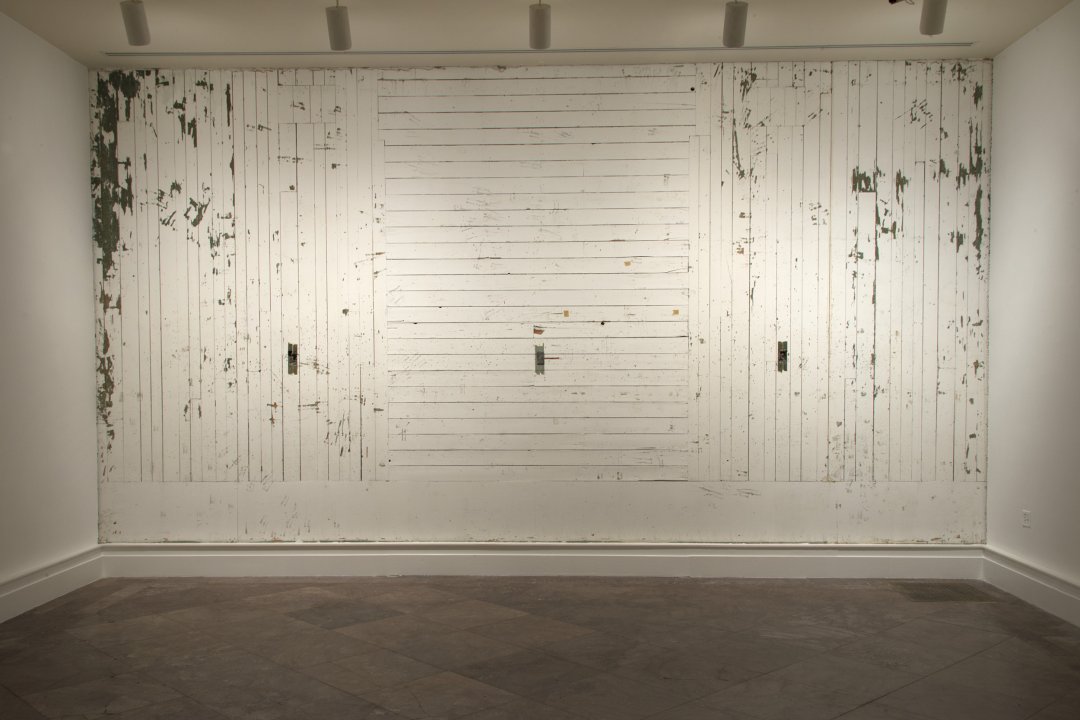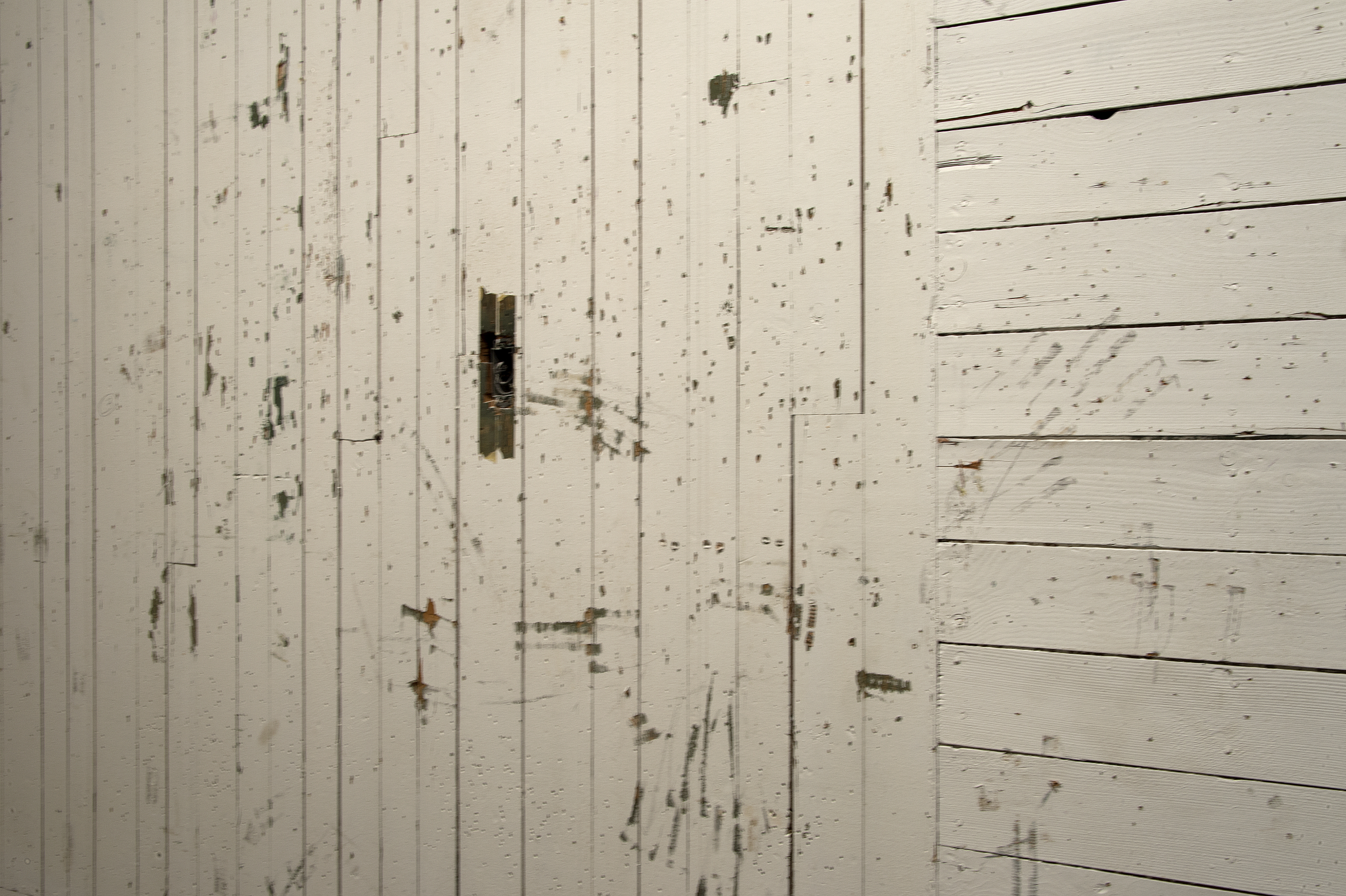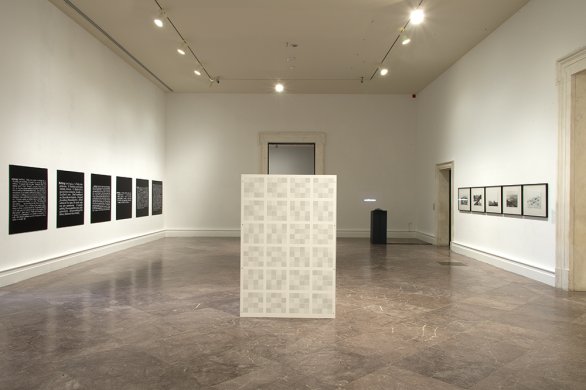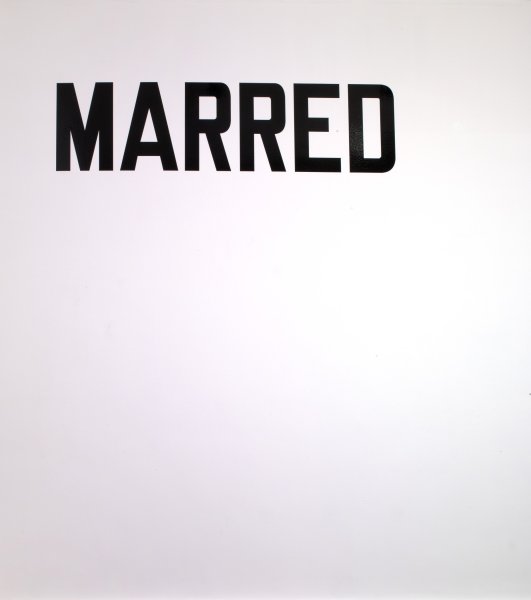Lawrence Weiner
American, 1942-2021
A WALL STRIPPED OF PLASTER OR WALLBOARD, 1969
Artwork Details
Materials
language + the materials referred to
Measurements
dimensions variable
Collection Buffalo AKG Art Museum
Credit
The Panza Collection and by exchange: George B. and Jenny R. Mathews Fund, Bequest of Arthur B. Michael, Albert H. Tracy Fund and Bequest of John Mortimer Schiff, 2015
Accession ID
2015:14.18
Lawrence Weiner began to explore using language as a material for art in 1968 after witnessing the premature destruction of a sculptural installation he had created at Windham College in Vermont. That experience led Weiner to conclude that although his sculpture no longer physically existed, it remained intact when communicated as language. For the artist, the idea of the work became equivalent to its physical realization. As a result, he began to produce statements that could be substitutes for his sculptural interventions. One of these, A WALL STRIPPED OF WALLBOARD OR PLASTER may be exhibited either as printed text in a publication, as lettering on a wall, or as an action realized in the gallery space. As enacted in the context of the museum, the work is also a clear directive that “reveals” the institution’s often-invisible infrastructure—the structure behind the museum’s traditional smooth white walls and the history of the building itself. As an action, A WALL STRIPPED OF WALLBOARD OR PLASTER changes in relation to the size and material composition of the wall. As language, the work also changes, as each viewer will arrive at a different interpretation and visualization of the artist’s statement.
Label from Looking at Tomorrow: Light and Language from The Panza Collection, 1967–1990, October 24, 2015–February 7, 2016





